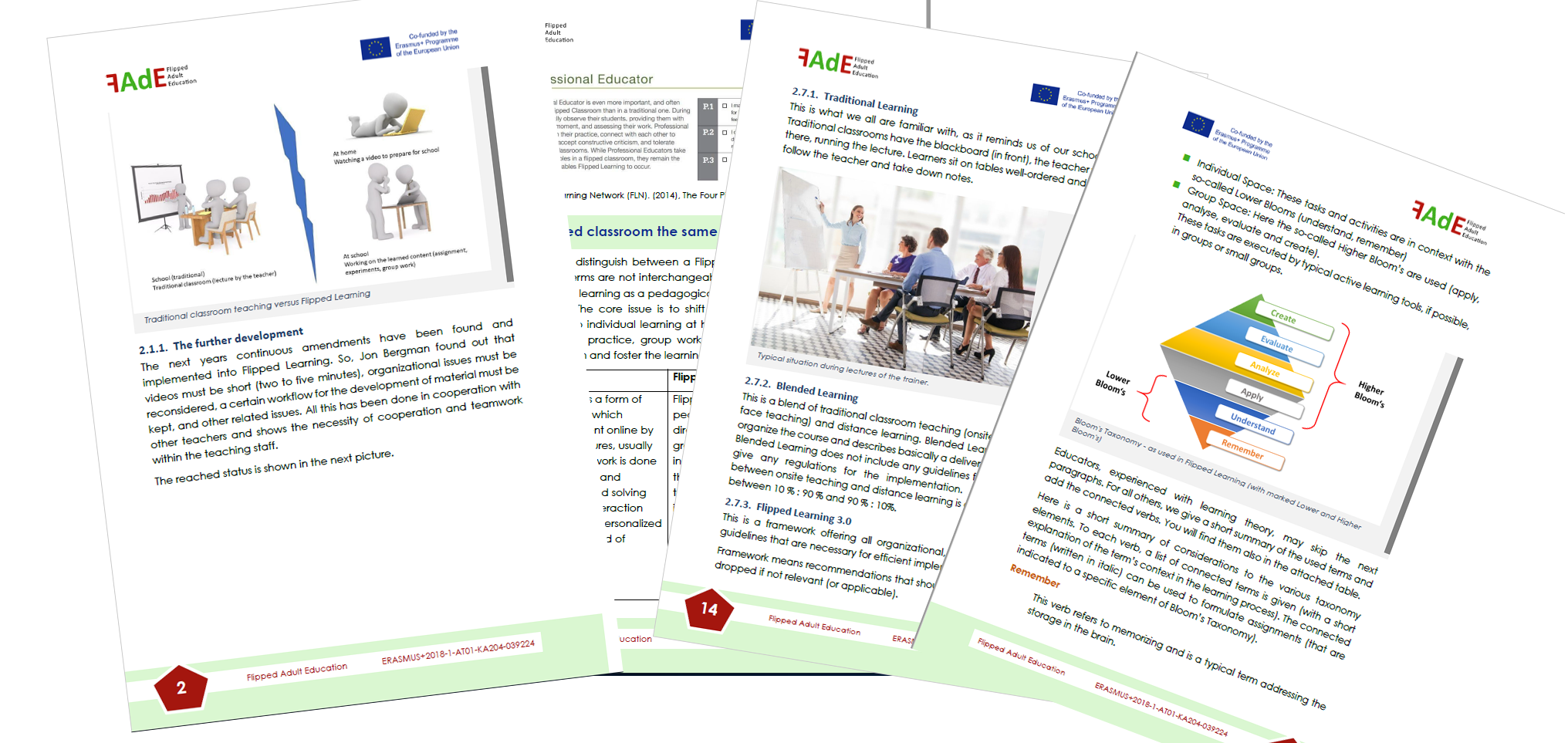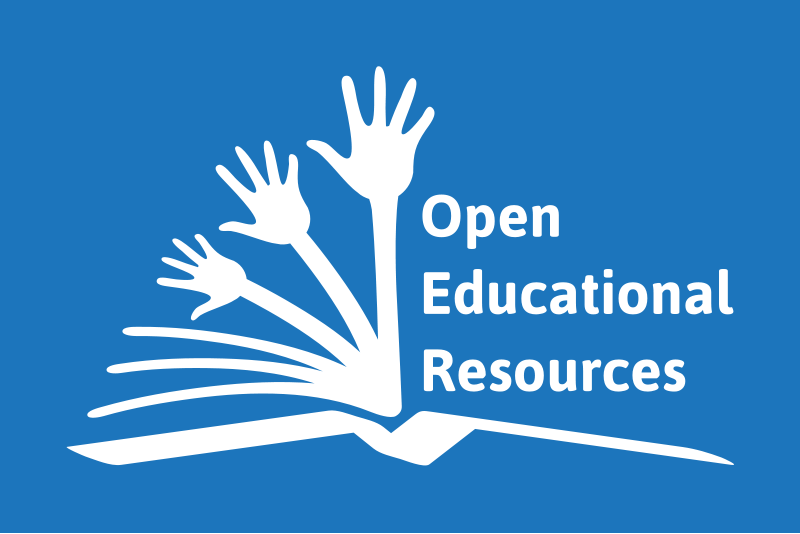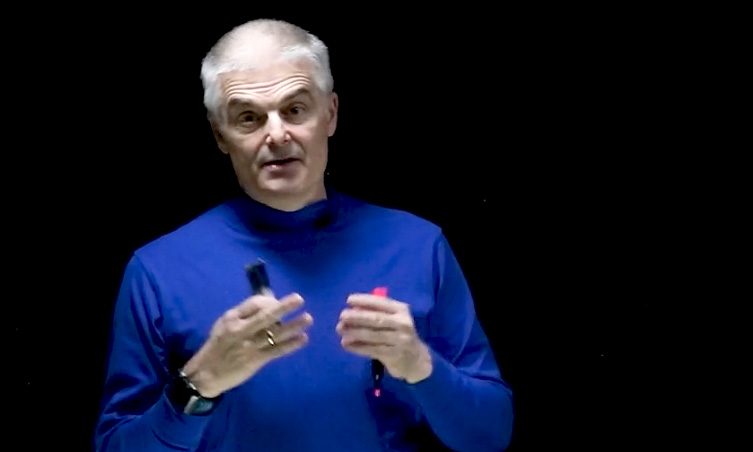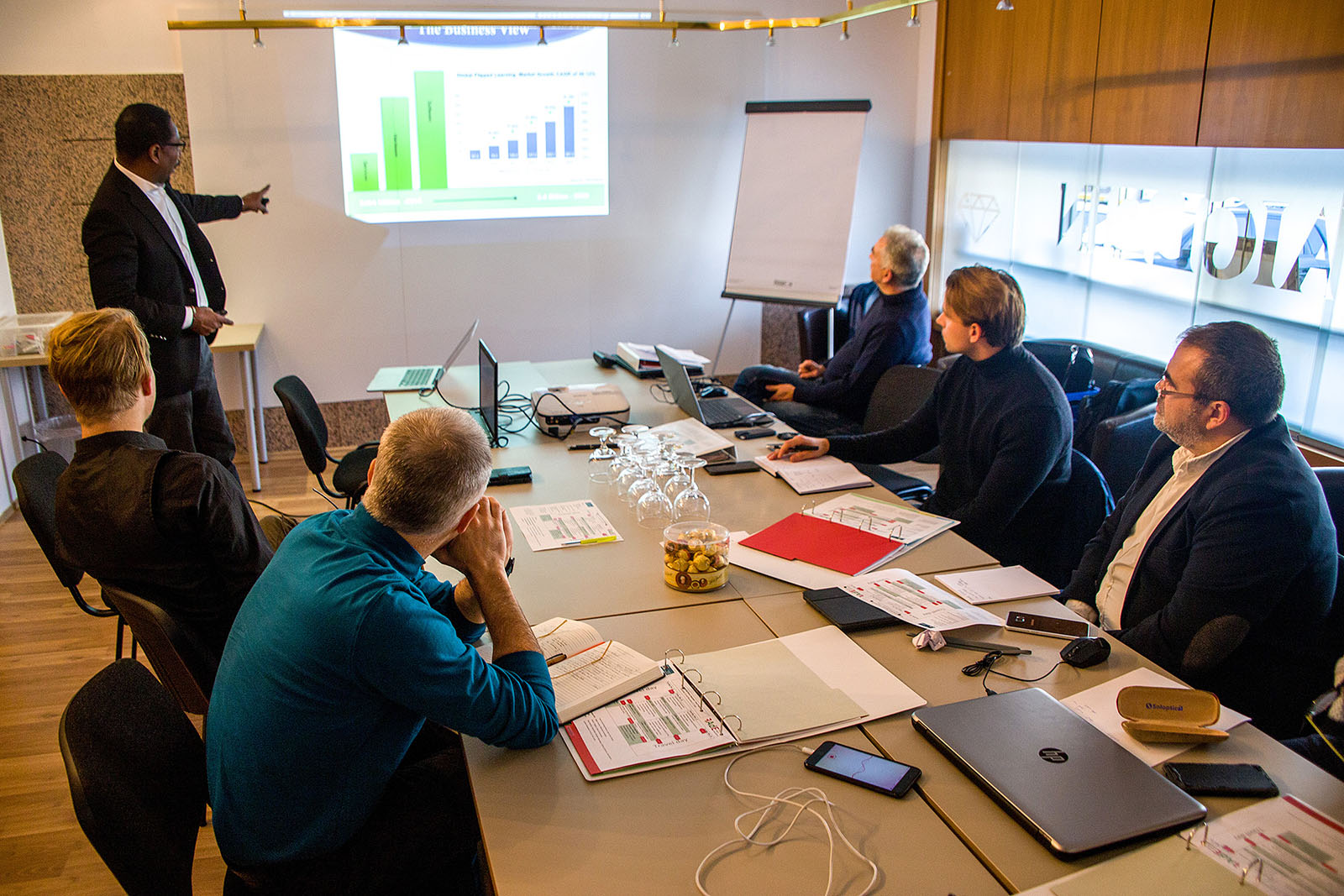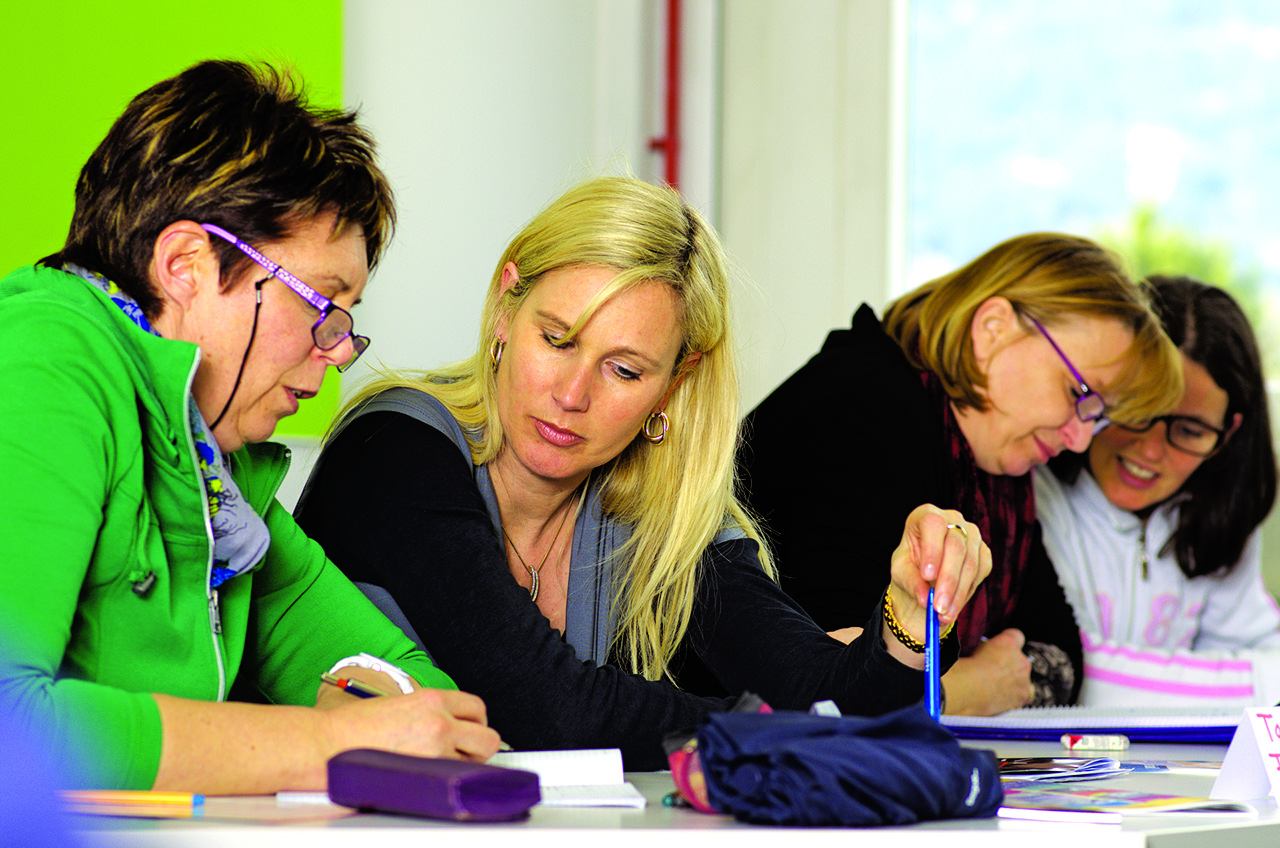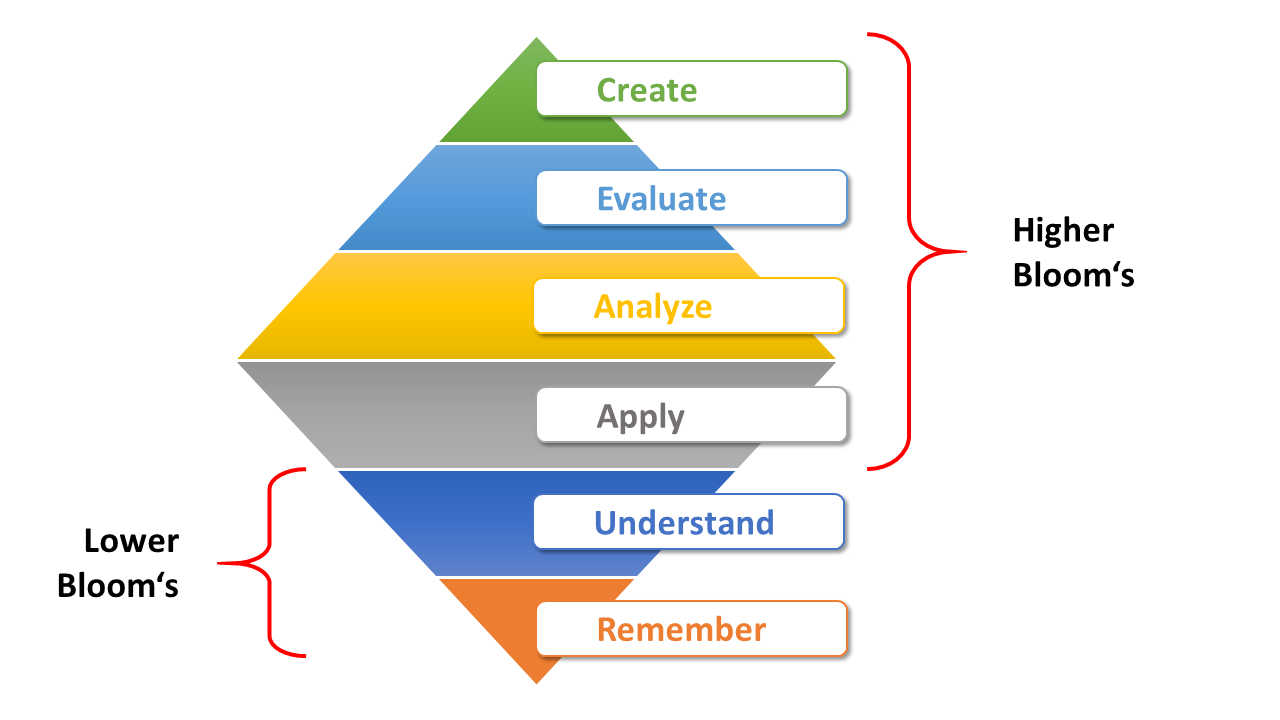
The Flipped Learning 3.0 Framework
Flipped Learning is seen as a pedagogical approach. It is often confused with the flipped classroom. Some teachers think that it is the same as Blended Learning (due to the fact, that Blended Learning is split into distance learning and on-site teaching and this seems to be similar to Flipped Learning). Nevertheless, all these ideas Read More …

